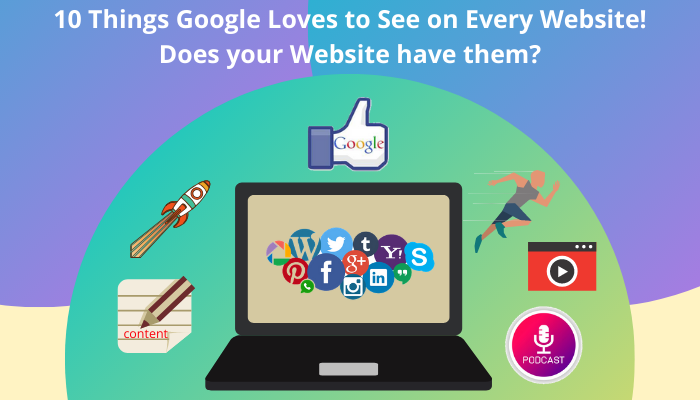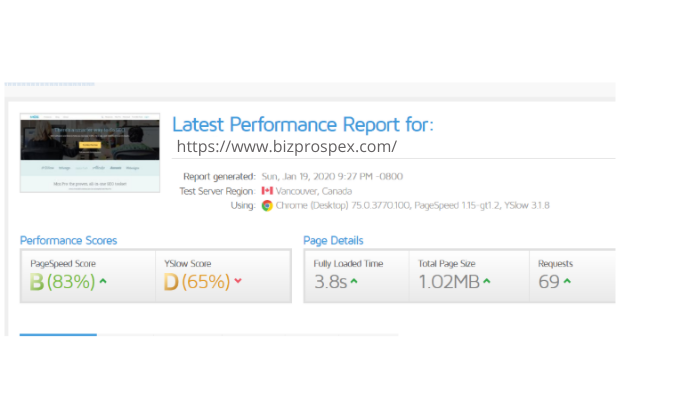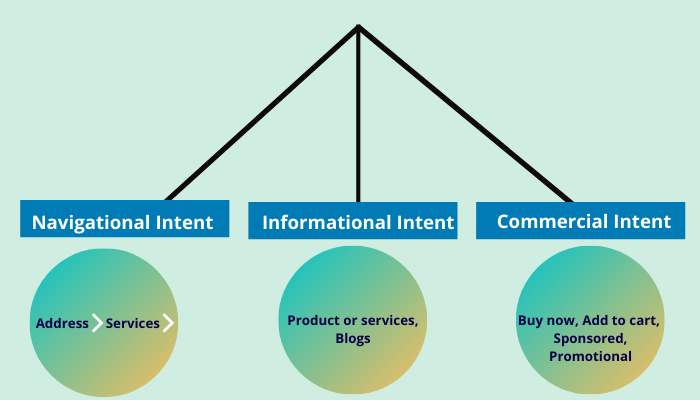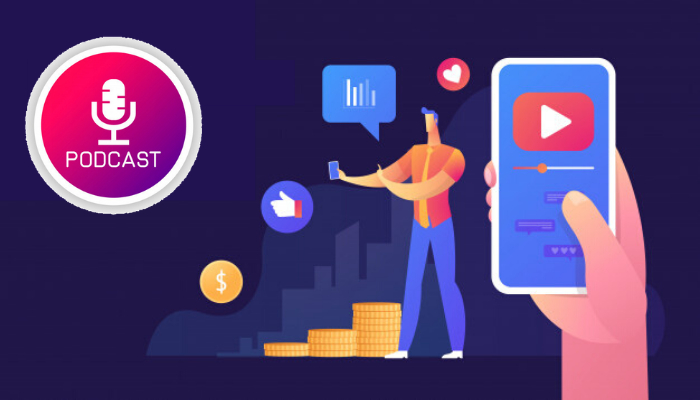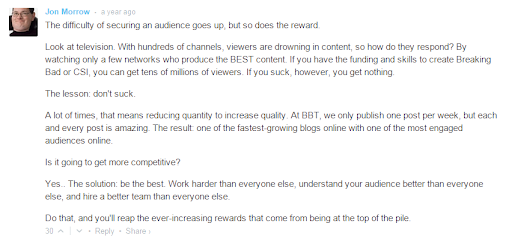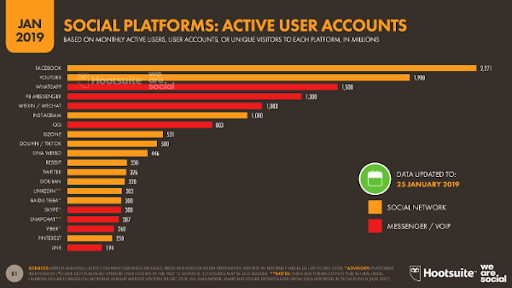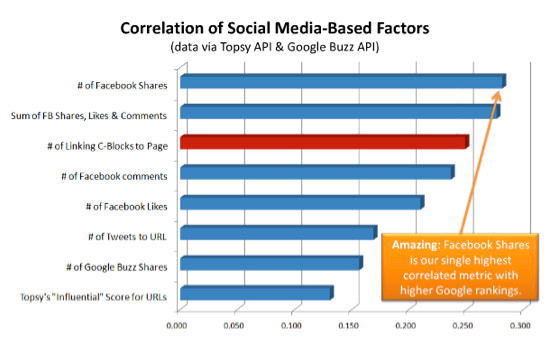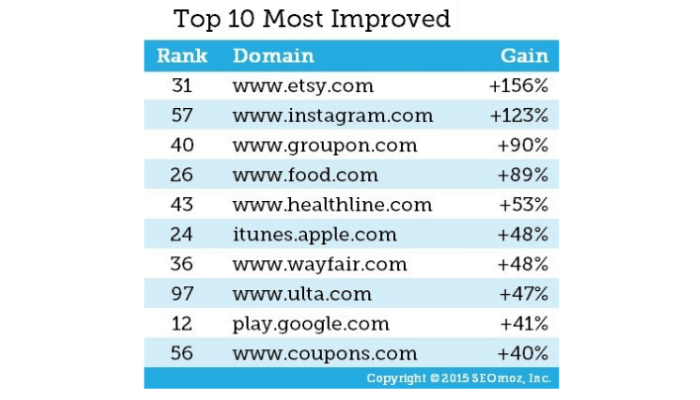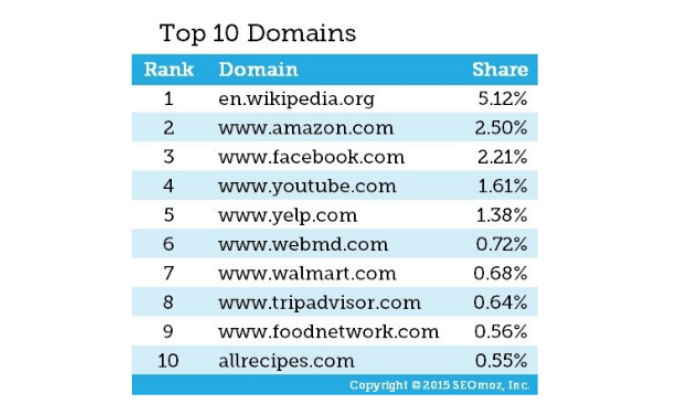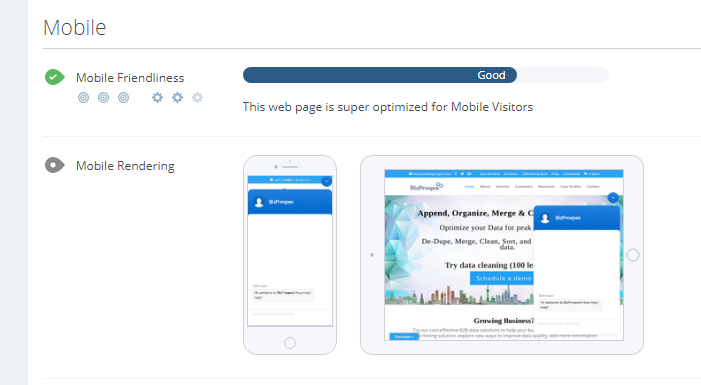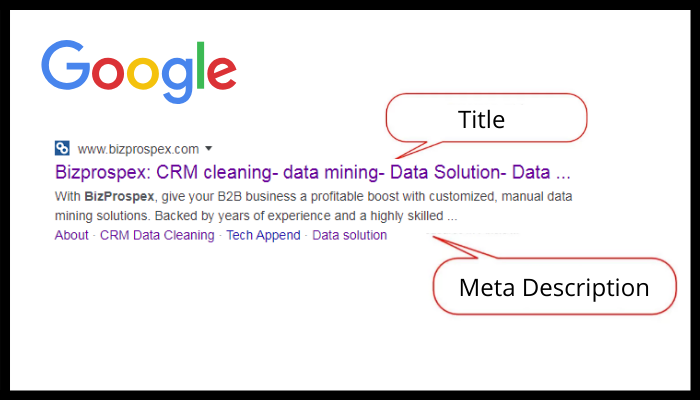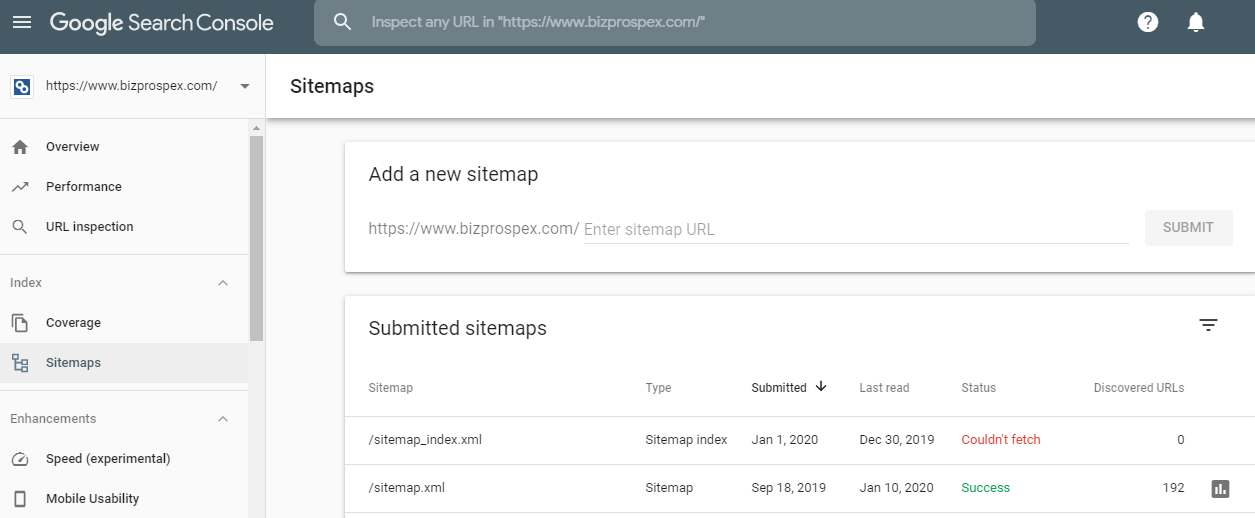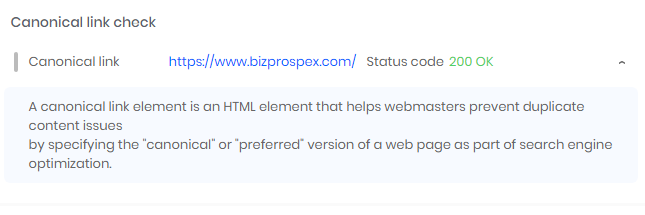What does Google love? How to get Google to love you? If your love towards Google has been one-sided until now, here are ten things that might ‘nudge’ the search engine to take notice of you! Most people only click the first three results on a search page. If you don’t comply with these pointers, chances are you are missing out on not only the spots but also customers!
So, scroll down this checklist and find out if you are implementing them or not. It is
1. Fast Speed and Loading Time
It is out in the open! Google loves the blistering speed of e-commerce websites. Ever since Mobilegeddon, it has become a relevant topic for website improvement not only for potential visitors but also the current trends of short stories and snippets. If a website doesn’t want to implement it, its competitors will.
Maile Ohye from Google explains in a Google Webmaster video that 2-second is the threshold for an e-commerce site and at Google; it is under a half-second. The tech giant wants the website to focus on delivering the fastest desktop and mobile-friendly experience to its customers. A fast website translates into a superlative user experience leading to a higher conversation, whereas slow speeds can kill the user experience as well as conversions.
Loading time contributes to the page abandonment. A survey suggests that seventy-nine per cent of customers are reluctant to return to the site with poor loading speeds.
Despite its significance, it is often the most ignored element in a website.
This research shows that attention span and patience of users these days are even shorter than a goldfish’s and has shrunk from twelve seconds to eight seconds. They won’t wait for a slower page response and simply speaking, it is not taking you anywhere as well.
The search engine also shows that more than fifty-three per cent of users drop out when a mobile website takes even more than three seconds to load even though the engine itself states the load time of a mobile site page up to 22 seconds.
Ideally speaking, your page speed should be as fast as you can make it without impacting the UX. Websites can check page loading speed with Google’s PageSpeed Insights, which is based on speed metrics such as First Contentful Paint and DOMContentLoaded.
Google’s algorithm uses site speed and page speed to the first byte to rank a website. When a website is slow, or the pages have longer load time, the spiders are unable to crawl fewer pages that can affect the indexation and have higher bounce rates.
2. Content
Yes, we know that you know. Content is paramount. But does Google love your content? Okay, let us frame this correctly. Do your readers or customers love your content? The algorithm of Google is advanced to this extent that it can figure out the gravitas and intent in the content. The content needs to match the intent of the user or the motivation of the user behind a search to rank.
The solid content justifies the three aspects of the intent, which are:
Navigational Intent:
Why’ does a user search for you? If she is searching for ‘BizProspex’, it means that she might be looking for the address or wants to know about the services. Is your content fulfilling that expectation or coming up short?
Informational Intent:
The user wants to know about your products or services. So, be as comprehensive as you can be. Whether or not she pulls through the sales funnel, but at least you will be established as a knowledge repository in her mind- which is only possible when you are at the best you do!
Commercial Intent:
A user is finally looking to spend some serious cash and is on your website doing the final checks. Is your content up to date? Does it include a last-minute price comparison feature or warranty?
Okay. Now on to the more relevant and sublime issue that your content is probably missing out on but Google secretly is fantasising about.
Are you utilising the new stream of content or not? Besides lists, interviews, polls and surveys – does the content of your website also include “non-written” content or not?
3. Non-Written Content
Content tactics such as video and podcasts aren’t just vanity tricks anymore but a necessary aspect for lead generation via content marketing!
Videos
Product or service videos have come far away from a whiteboard, monotonous narration and cheesy sound. Contrary to popular belief, they aren’t just testimonials or product descriptions. Videos are a creative means to promote your products and can also serve as a knowledge repository to help your customers make an informed decision.
Seventy-four per cent of B2B marketers have found out that the videos are a better medium than any other form of content. However, only thirty-seven per cent of sales teams are using it to convince the customers at a given stage of a sales funnel.
Just like blogging, vlogging or videos are a creative and interesting approach to add visual value to the otherwise mundane topic.
Podcasts
If Google loves content, B2B buyers love podcasts! More than forty per cent of senior-level executives on LinkedIn such as VPs, HODs and owners ensure to listen to podcasts especially related to the price or feature comparison of products or services.
However, despite the huge potential podcasts rolls with them, only seventeen per cent of B2B marketers are using them to push their brand.
A podcast can be an effective tool to improve brand awareness and engagement. Its real opportunity lies in Guest Prospecting, which is inviting high-value executives and decision-makers as guests on a podcast. While it is a non-transactional and non-sales activity, it brings immense value to a business and helps it establish as an expert of the domain. Besides, when people subscribe to the podcast, it helps in email list building for e-mail marketing.
You can also publish the transcript of a podcast and optimise it with keywords to double it up as a blog.
Re-upping the content
No content is timeless. It needs to be updated, verified and pushed to the right platforms for traction. One doesn’t need to write new content. However, you can add new relevant content, CTA or offer to the existing content and make it a timely one. Google Caffeine update also establishes that the search engine favours updated content for time searches.
Content Recommendation
As if creating relevant and popular content that both your audience and social media like wasn’t enough, keeping the visitors on a website is a struggle that most businesses face. However, there is a lesson or two to learn from Nuxeo and Citrix.
Nuxeo implemented machine learning and is now offering content recommendations to its users based on their previous readings. It helped in decreasing the bounce rate by 2.4 per cent, and the engagement rate of the blog was increased by a whopping thirty-four per cent!
Citrix, however, took the content recommendation a level above and started suggesting white papers and relevant content in a pop-up window on web content.
Offering content recommendation offers something of interest to the users and feeds relevant content in real-time. A user doesn’t have to click on relevant categories or look for content elsewhere, keeping them longer on the page. The bounce rate is decreased, and users, rather than just scrolling and idly browsing, spend more time on a page.
And last but not least. Jon Morrow has said it all. Be it images, infographics, SEO content, web content, blogs or PR – Google values quality content, and so does the audience.
4. Time to be ‘Social’
While Google doesn’t have any clear guidelines about social media content but given the traction the User Generated Content (UGC) has, the search engine is forced to take notice. More and more people are now online and using social media, impacting the way businesses engage with their customers. According to Hubspot, over seventy-one per cent of customers are likely to buy based on a social media recommendation. So, it is now a matter of wait-and-watch before the search engine reveals its policy regarding its social media algorithm and SERP influence of social media content.
Meanwhile, the companies that are developing content keeping social media in mind have managed to create an unrivalled position in the domain. Take Slack for instance. Slack is a unified communication solution provider and it is everywhere, from Facebook to Twitter! The company has several blogs and a podcast channel under its wings. It uses its social media channels to understand what its customers want! It initiates conversations; uses hashtags to stay updated and let its people know that it is there!
Similarly, Hubspot uses social media platforms to dig into the issues and offer some solutions! At each stage of a sales funnel, different content is needed, and Hubspot utilises social media to personalise its content and deliver value.
There are 5.11 billion mobile users in the world. Facebook’s monthly user accounts are growing steadily, and the platform has users all over the world, right from a metro city to a small town.
Companies failing to leverage social media for the ‘inside info’ and a peek into their users’ life are failing to read the room as well. With a little data mining on social media and starting a conversation with as much as a ‘Hi,’ the companies can make their brands click.
Look for yourself! Here’s the correlation between social media shares and SERP results. The post ‘trending’ on Facebook is Google’s favourite too for its clicks and sharability.
Furthermore, Moz’s Dr Pete Meyers studied the websites that showed improved ranking authority in Google SERPs. As you can see, Instagram shows a 123 per cent jump!
While you are at it, have a look at these top-10 domains too that got the most exposure in Google SERP.
Social media sites like Facebook, Pinterest and Instagram also contributed to more than thirty per cent of referral traffic and pushed the domain up in SERPs.
Besides, social media profiles appear in the top five results when a user searches for a keyword related to business. Your social media strategy should focus on building your brand and engaging customers, which Google counts as an influence in maintaining domain authority.
However, the number of shares isn’t a ranking criterion. Google doesn’t care about a post’s share and likes ‘directly’. It is concerned with the search activity, click-through activity or people talking about the posts though.
5. Mobile Friendliness
Since Google’s announcement to update its ranking algorithm in April 2015, the search engine started to take notice of mobile websites and to index them heavily in 2018. This statistic is crucial given the search queries on smartphones are gaining momentum and are considerably higher than on desktops or tablets. So, read the room, work on improving the mobile experience of your website or otherwise be prepared for a dent in your rankings!
Google likes a mobile-friendly website, so much that the metrics for SERP on mobile is going to be a separate entity now. But is your website mobile-friendly?
Let’s find out!
A mobile-friendly website is the one that works as fine on a smartphone. Ninety-one per cent of users want to access content on their smartphones and believe it to be a critical aspect.
A mobile website should have the easy-to-read text and a user shouldn’t squint to read it. The content of such a website should be concise and different from web content. The key information should stare right in your face.
A mobile-friendly website is easy to navigate and has large button optimised for touch.
It is visually-appealing.
Any business, be it small or big, a startup or a corporate – needs to get on with mobile operations. We don’t say it. Google does. If you are still confused or in two minds about a mobile-friendly website, have a look at these statistics:
socPub found out that fifty-seven per cent of users won’t take a poorly-designed mobile site seriously and won’t do business with them.
More than half of online traffic in the US comes from smartphones and tablets.
BrightEdge reveals that almost seventy per cent of smartphone users prefer to do business with neat mobile websites that answer their questions or concerns regarding the product or services.
More than fifty per cent (and counting) of B2B business starts with a simple search on a smartphone.
People have 2X more brand interactions with mobile than in-store or via a TV ad.
You can start with making your website responsive or get it designed for mobile-first viewing. Again, don’t forget the page speed, something we discussed earlier. …Because nobody has the patience or attention span of waiting for a mobile page to load forever. The same user has Facebook, Twitter and Netflix downloaded on her phone and they have commendable loading speed. So, watch out!
6. SSL Certificates
Since 2014, Google has used the encryption as an attribute to search rankings. A URL with ‘https’ and a ‘padlock’ sign is a favourite child of both Google and customers alike. The search engine has cleared a long ago that it wants all websites to use SSL encryption and will use it to decide rankings.
Google and its ranking components have been nothing but a massive black hole kind of mystery until now, but the fact that it has disclosed SSL certificate to be a contributing factor is big news. And Google’s crackdown on websites without SSL certificates is brutal and real.
Some websites are marked and come with a ‘not secure’ warning, prompting users to leave the website. This encryption information is important because often users submit their credit card and address details on websites. A website with SSL or Secure Sockets Layer certificate ensures that your data is transferred to the internet securely without any third-party prying eyes.
However, all in all, we all know that Google is the single most influencing factor on the internet, and it doesn’t want you to mess with customers’ details. If you aren’t serious about SSL, the search engine isn’t going to take your rankings seriously either.
Please note that the SSL certificate isn’t a shortcut to jump skip to the first page in search results, but without it, you might lose the existing ranking as well as customers.
7. Schema Markup
According to Neil Patel, schema markup helps the search engines to understand your data and let them display relevant content to the user intelligently. It helps a search engine to interpret the intent and context of the query and hence, impact the outcome of the result. For instance, the term ‘mining’ can have different interpretations. A schema around this word tells the search engine about its reference to data mining. Resultantly, a relevant and more correct search output is returned.
The SEO helps the content to get indexed and rank in search results. Schema markup, however, changes the structure of the returned result. It facilitates the users and anything that enables the users to hits the right spot with Google.
While it has not been established that the higher ranking in the SERPs is due to markup alone, the pattern and relevance can be seen. These days, search results on Google are rich snippets that are achieved by schema markup. However, only one-third of websites are using the structured markup to guide their customers better whereas it was conceptualised in 2011.
In the wake of Google updates like Hummingbird, schema markup becomes the need of the hour. It is just another yet important step to create a more intimate and personal search results for the users.
Schema can be used to structure the data around
- Events
- People
- Products
- Recipes
- Companies
- Reviews
- Videos
- Podcasts and many more!
8. Titles and Meta Description
It is SEO 101!
While search engines have downplayed the role of titles and Meta descriptions in the ranking, they indirectly help in pushing through the domain in SERPs. Meta description points the users to click a relevant page and Google and other search engines use these click-through rates to determine the authenticity of content and quality of the result.
And this is why updating Meta descriptions and page titles are of utmost importance. Titles need to be just below sixty characters to tell your readers, and crawlers read what a page is about. The users are guided to quality and relevant content that relates to their search query, which also reduces backtrack behaviour. Think of them as a ‘link’ that connects you to a search engine and user both.
Google keeps changing the length of the Meta description, but ideally, they should be between 150 and 160 characters. Anything more than sixty characters for titles or 160 characters for Meta descriptions are cut short by Google. This is why the shorter they are, the better it is. The description should be in active voice and include a CTA. They should match the product and include the specifications as well as the focus keyword that usually a customer searches for.
Our search snippets are now shorter on average than in recent weeks, though slightly longer than before a change we made last December. There is no fixed length for snippets. Length varies based on what our systems deem to be most useful.
— Danny Sullivan (@dannysullivan) May 14, 2018
If a Meta description of a page isn’t updated, search engines usually pull the texts from the web content. However, the idea of just pulling, copying-paste from the web content isn’t an ideal situation. This boilerplate text often doesn’t describe the page or product accurately. If you don’t have time for creating the descriptions or titles of pages at one go, prioritise with the content you want the users to see first.
Also check: The Ultimate B2B SEO Guide
9. Site Maps
A site map is an important part of a website that holds information regarding a website and helps them navigate through the content. It doubles up as a phone directory that lets a search engine know what to expect from a site while indexing. In the absence of a site map, a search engine would crawl through the links on the website and if a particular page doesn’t have links, it won’t be indexed. CMS systems can create sitemaps on their own or a webmaster can use a plugin too.
Though, the validity of a sitemap needs to be checked as only a few formats of sitemaps can be submitted to Google such as XML and HTML. The former isn’t accessible by a user and is only a way to tell a search engine about the content that is being posted and updated. Google also likes XML sitemaps.
10. Canonical Tags and Pagination
Duplicate content is a bugger for both customers and search engines. But more often than note e-commerce sites would have different external and internal links for the same product and information. It is why Google wants you to use canonical tags that tell its crawlers about the right content as well as pass the link juice to all the external links to the right page. While it is a bit technical part and quite complex to execute, it is a must if you don’t want Google to penalize your website for duplicate content.
And these ten pointers are just the beginning! Several factors contribute to the ‘love’ and rankings Google has for you! However, nothing is going to give you magical results. SEO, onsite and offsite, is a continuous process and takes time. Keep working and implementing them in your day-to-day work and maybe one fine day, Google would show you some love!
You can have better insight into our services, expertise at what we do and business-ethics by visiting the following links-
